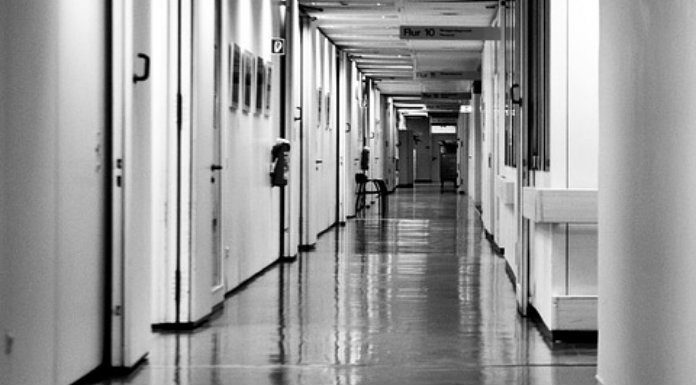The number of people facing long term waits for outpatient appointments at the region’s main hospital has increased by a third since the beginning of the COVID-19 pandemic.
Figures released by the National Treatment Purchase Fund show there were 13,647 people waiting 18 months or more to see a consultant at University Hospital Limerick at the end of July, up from just over 10,000 in February.
Ennis General Hospital has also seen a jump in numbers.
The latest figures show 40,748 people were waiting for appointments at UHL at the end of July, which is an increase of over 4,500 people in the five months since the coronavirus outbreak first hit Ireland. Of those, 10,263 – or just over 28% – were waiting at least a year and a half.
The ENT department has the most amount of people still waiting for an appointment, with 6,267 – almost 40% of these have been waiting over 18 months.
At Ennis General Hospital, over 2,000 people were waiting for outpatient procedures at the end of July, compared to 1,807 in February.
Inpatient appointments in Ennis have seen an increase of 47% since the coronavirus outbreak.
Nationally, the UL Hospitals Group – which includes Ennis, Nenagh, St John’s and Croom Orthopaedic Hospital – accounts for almost 9% of those waiting for outpatient appointments across the country – around the same percentage of those looking for inpatient appointments in the Midwest at the end of this month.
UL Hospitals Group Response:
The Covid19 pandemic has had a considerable impact on healthcare provision across the world, including in UL Hospitals Group.
Hospitals across Ireland suspended almost all elective activity in March 2020 in response to the pandemic. We have in recent weeks begun to gradually resume many clinics and elective procedures in many specialties.
We are conscious that the unfortunate but necessary suspension of so much scheduled work has been difficult on our patients, especially those patients who had already been waiting a long time for their outpatient appointment or procedure. We are carefully scaling up these services in line with the national public health guidance and in a manner which optimises patient care while minimising risks to patients, staff and the wider healthcare system. In line with IP&C best practice and the new realities around physical distancing, this will mean fewer patients in waiting rooms and in clinical areas at any one time and fewer patients on theatre lists on any one day.
As we gradually scale up our services, we will be prioritising the sickest patients first in line with national guidelines and with the agreement of the clinical leads across the various specialties.
Emergency and time-critical services continued to operate throughout the pandemic and as the weeks progressed, there was considerable growth of and investment in virtual outpatient consultations for many specialties across the system. A virtual clinic is one in which the patient and clinician interact in real time, via a video or telephone.
Between March and early July 2020, for example, there were a total of 32,632 outpatient attendances across UL Hospitals Group, almost half of whom were seen virtually. The total OPD attendances during this period amounted to 66% of total attendances during the corresponding period in 2019. As we gradually increase OPD activity, we will continue to use virtual clinics where possible.
Additional National Context from HSE:
Overall, there has been a significant reduction in all scheduled care activity across acute hospital services including outpatient clinics, inpatient and day case procedures. This was in line with the National Action Plan on COVID-19. Following from the NPHET decision in early May regarding resumption of work, interim guidance has been developed and approved by the Expert Advisory Group (EAG) and has been issued to all hospitals to support the resumption of services within scheduled care. This guidance outlines how to implement measures to ensure safe delivery of COVID-19 and non-COVID-19 patient care and services side by side and provides for a pathway for scheduled and unscheduled care to be delivered in our acute hospitals, albeit in a constrained environment.
Following the Government decision as of, 28th June, the country has now progressed to Phase 3 of the Roadmap for Reopening Business and Society. There are separate pathways for patients coming into hospital who have possible coronavirus and those attending for other reasons. These may include separate entrances or clinical spaces.
Hospitals have developed local plans for how appointments and procedures will be organised. Changes in how spaces are used are being made to enable social distancing.
Staff and patients will (unless otherwise indicated) need to wear face coverings/masks when social distancing is not possible or practical.









